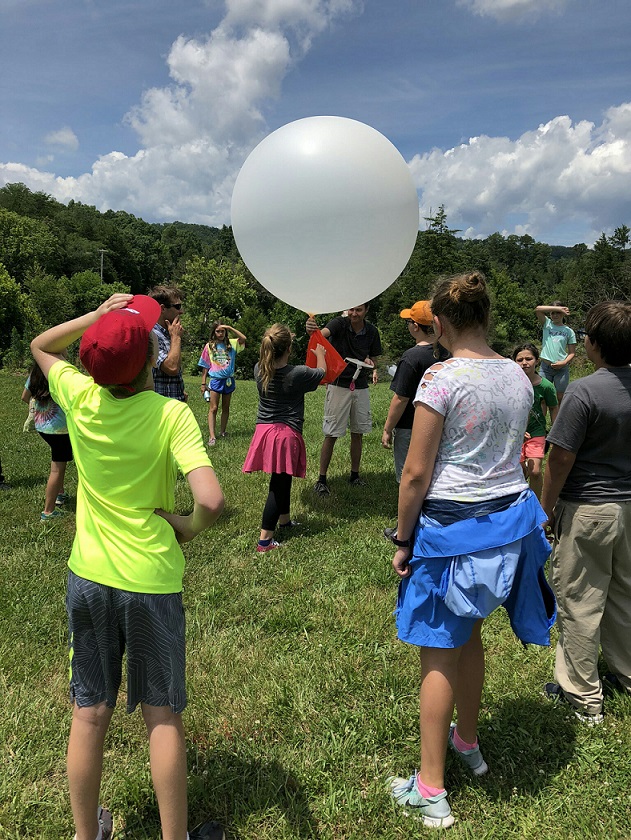ARL Weekly News – June 28, 2019
ATDD
OAR/ARL/ATDD will participate along with OAR/PSD, OAR/NSSL, and OAR/GSD in the Chequamegon Heterogeneous Ecosystem Energy-balance Study Enabled by a High-density Extensive Array of Detectors (CHEESEHEAD). This intensive field-campaign (sponsored by the National Science Foundation) is designed specifically to address long-standing questions regarding the role of atmospheric boundary-layer responses (PBL heights and mixing) to land surface changes. The field campaign will be held mid-summer to early fall 2019 in a 10 km x 10 km domain around the existing WLEF 400m very tall tower near Park Falls, WI. The WLEF is an Ameriflux/NOAA supersite which has four existing long-running flux towers. Leveraging the ongoing measurements. ARL/ATDD will operate small unmanned aircraft systems (sUAS) during the three intensive observation periods (IOPs) planned for 7-13 July, 18-24 August, and 22-28 September. Observations of boundary layer profiles will be utilized to better understand the regional atmospheric water and heat budgets including advection, entrainment and surface evapotranspiration. UAS observing platforms will demonstrate the state of the art land-surface characterization with regard to spatial resolution and time. These data will show how observations from UAS can bridge the data gap from in-situ to model grid sizes.
Corbin Brooks, an M.S. candidate from Howard University, began a 12-week internship at ATDD on 24 June. He will be working with Temple Lee, Michael Buban, and Ed Dumas and assisting with UAS work.
Temple Lee and Michael Buban performed a weather balloon launch for about 20 students at a science camp near Oak Ridge and discussed ways in which these measurements are used to help scientists better understand the atmosphere.


